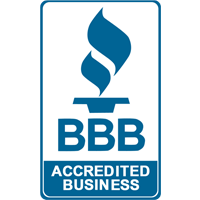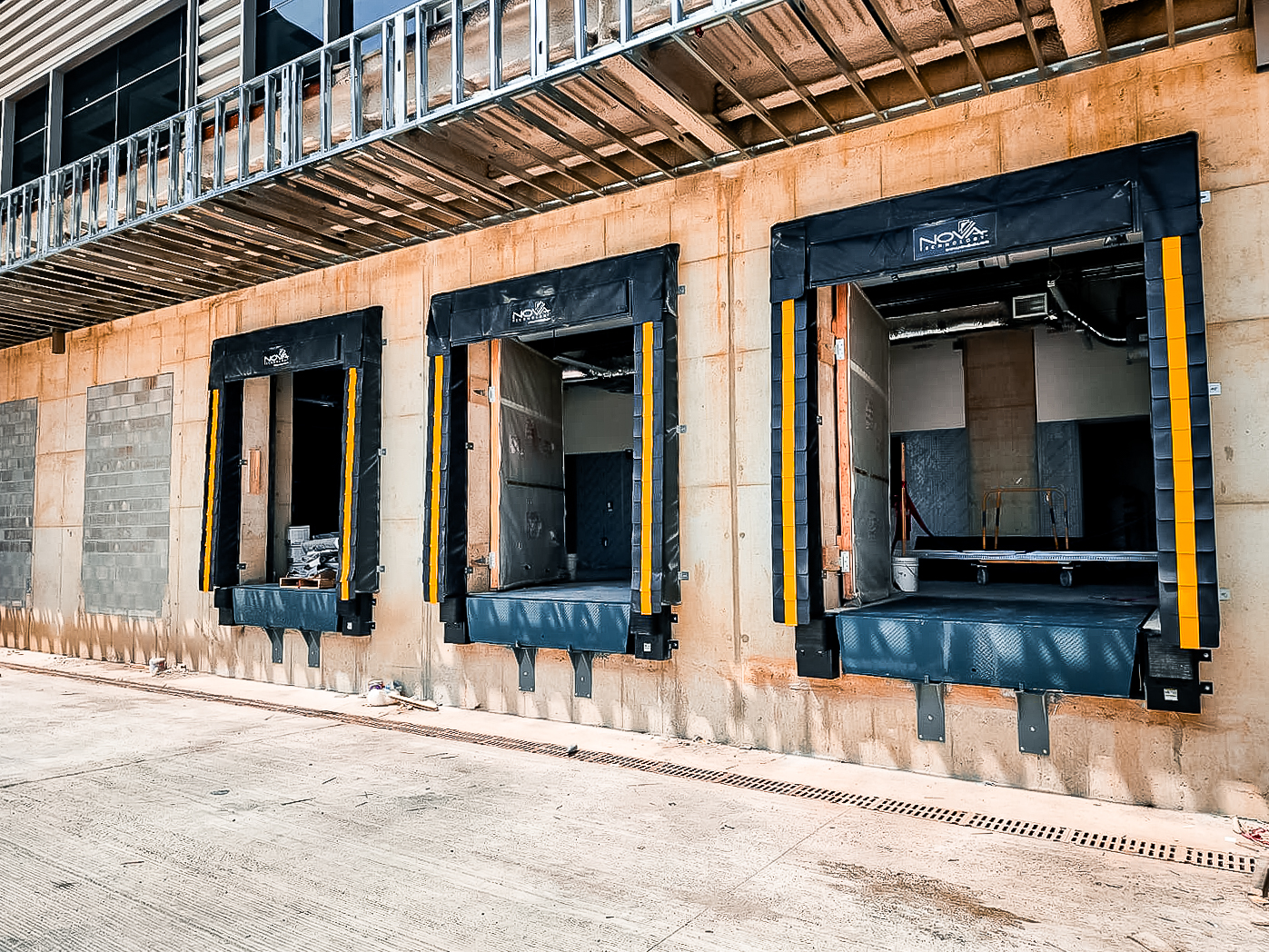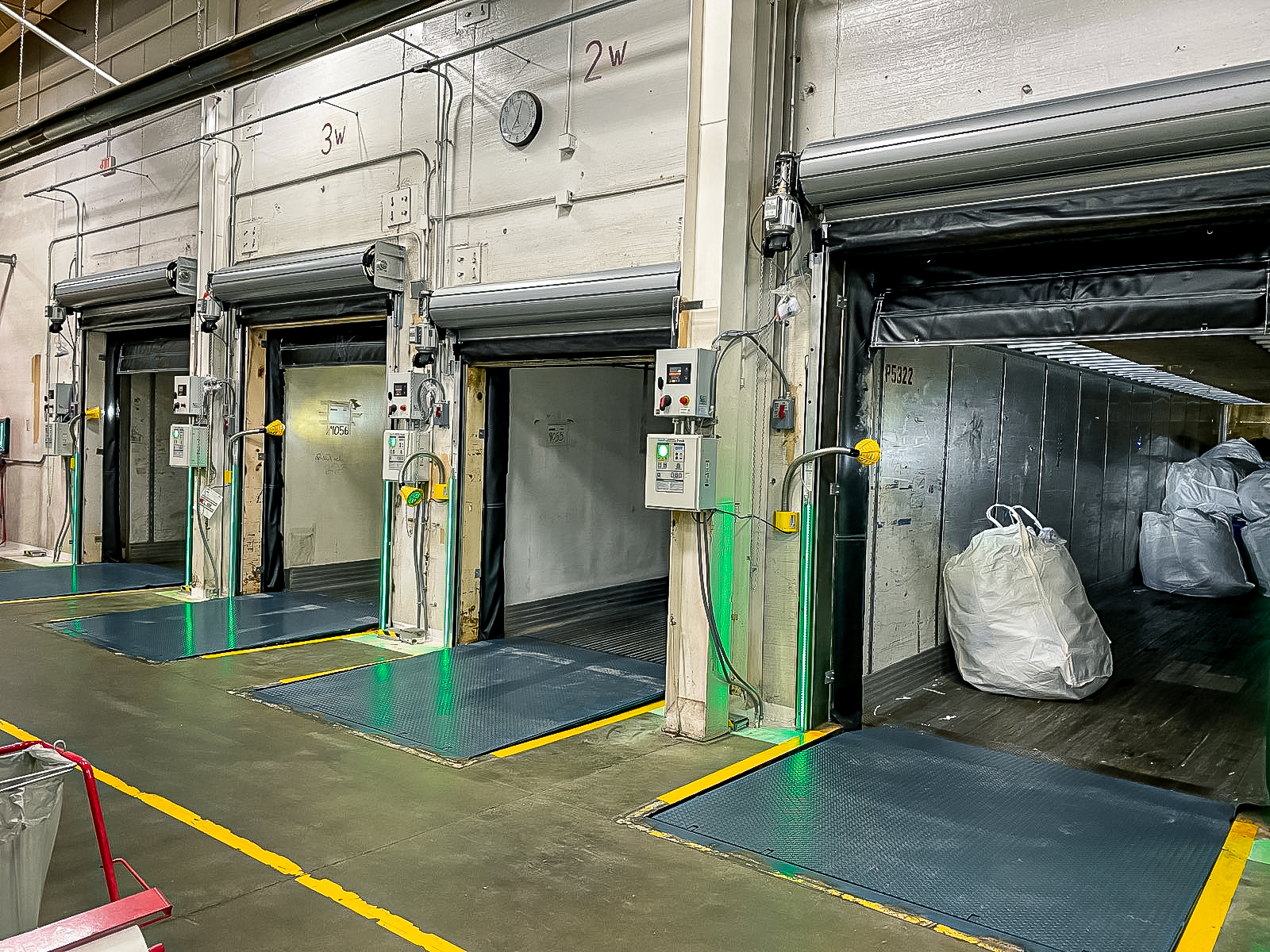
Loading docks are the bustling hubs of warehouses, manufacturing plants, and distribution centers, where trucks transport, load, and unload goods. Despite their critical role in supply chain operations, they can also be hazardous areas for workers if proper safety measures aren’t in place. According to the Occupational Safety and Health Administration (OSHA), thousands of accidents occur at loading docks every year, resulting in serious injuries and even fatalities.
Keep reading to explore the various aspects of loading dock safety, emphasizing the importance of adhering to best practices and guidelines to prevent accidents and ensure the well-being of employees.
1. Design and Maintenance
The layout and maintenance of a loading dock plays a significant role in minimizing risks. Here are some design and maintenance tips to enhance safety:
2. Equipment Safety
The safe operation of equipment, such as forklifts, pallet jacks, and dock levelers, is crucial to prevent accidents at loading docks. Here are some equipment safety tips:
3. Personal Protective Equipment (PPE)
PPE is essential for protecting workers from potential hazards at loading docks. Ensure that all employees are provided with appropriate PPE, such as:
Train employees on the proper use, maintenance, and storage of PPE, and enforce strict adherence to PPE policies.
4. Communication and Training
Effective communication and comprehensive training are vital to maintaining a safe loading dock environment. Here are some tips to promote effective communication and training:
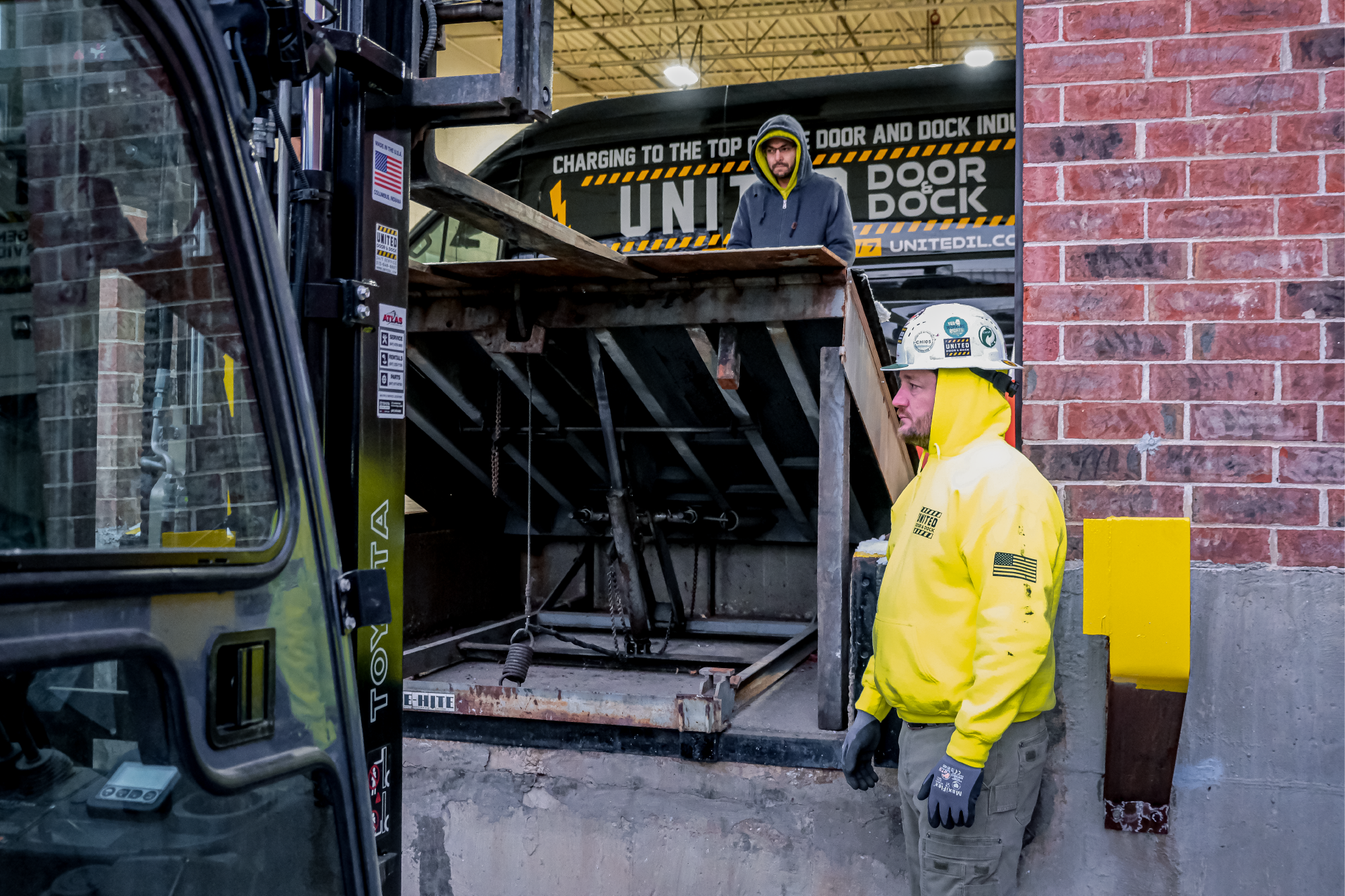
5. Traffic Management
Managing the flow of traffic, both pedestrian and vehicular, is crucial for preventing accidents at loading docks. Here are some traffic management tips:
6. Loading and Unloading Procedures
Following safe loading and unloading procedures is essential to prevent accidents, injuries, and damage to goods. Here are some best practices:
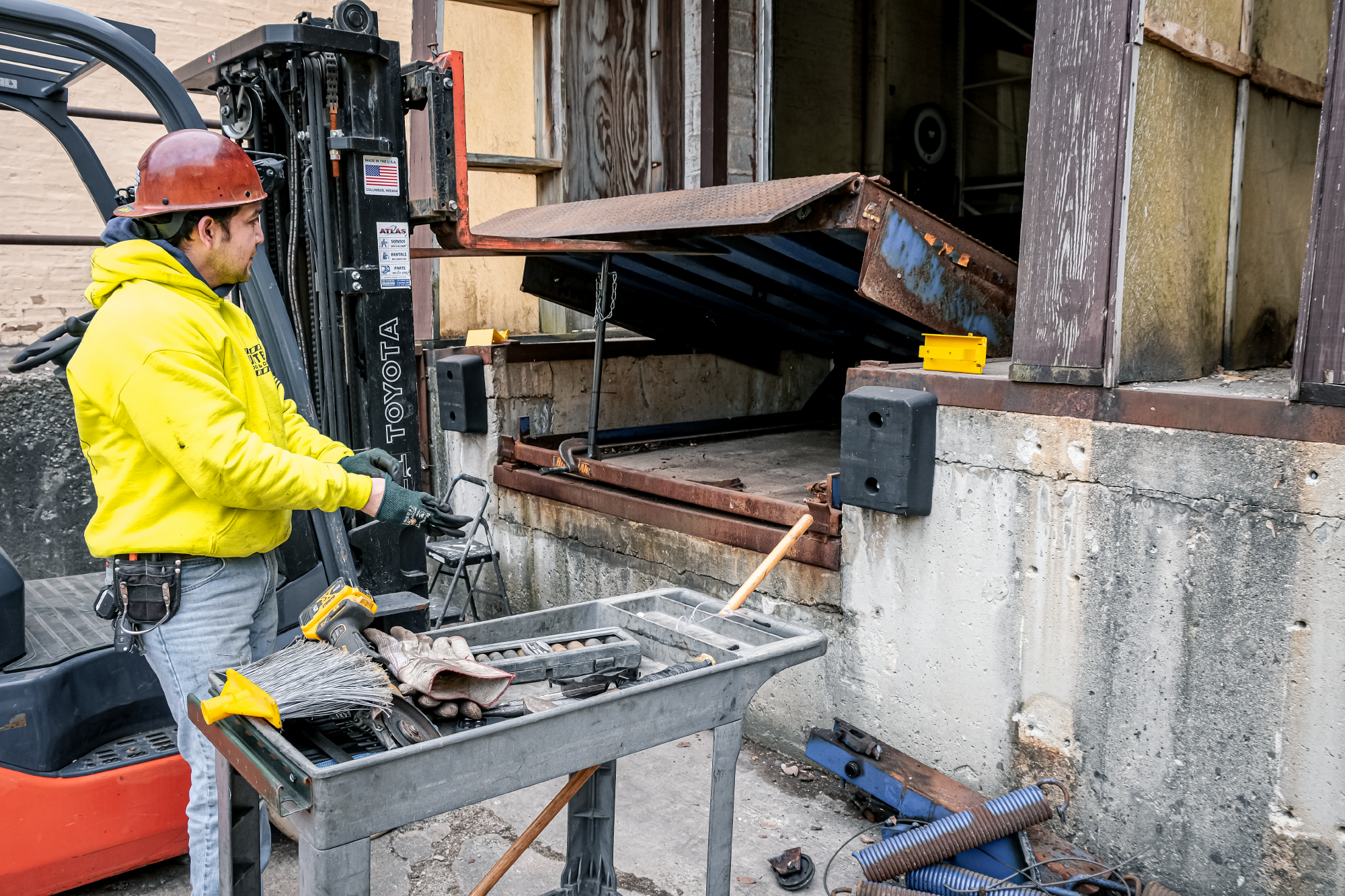
7. Incident Reporting and Investigation
Encourage employees to report any safety concerns, incidents, or near misses. Investigate these reports promptly and thoroughly, using the findings to improve safety policies and procedures. Establish a culture of continuous improvement, where employees feel comfortable sharing their concerns without fear of retaliation.
8. Emergency Response Planning
A well-prepared emergency response plan is vital for minimizing the consequences of accidents at loading docks. Here are some tips for developing an effective plan:
Loading dock safety is crucial for protecting employees, maintaining productivity, and preventing costly accidents. By following these guidelines and implementing best practices, you can create a safe and efficient working environment that minimizes risks and ensures the well-being of your workforce. Remember, safety is everyone’s responsibility. Encourage a culture of safety awareness and vigilance among all employees, and continuously review and improve your safety policies and procedures.
By adhering to the principles discussed, your loading dock can become a safer, more efficient, and productive space for your employees, contributing to the overall success of your business operations. Remember, a safe work environment is not only a legal requirement but also an investment in the well-being and success of your company.
At United Door and Dock, we pride ourselves in our ability to deliver safe, reliable and efficient service. When it comes to anything door and dock related, it is best to leave it to the professionals. We can perform regular preventative maintenance, service calls and installations. Our technicians are trained on safety regularly to make sure it is fresh in their minds for every project. Call us today to keep your doors and docks running safely and smoothly!
